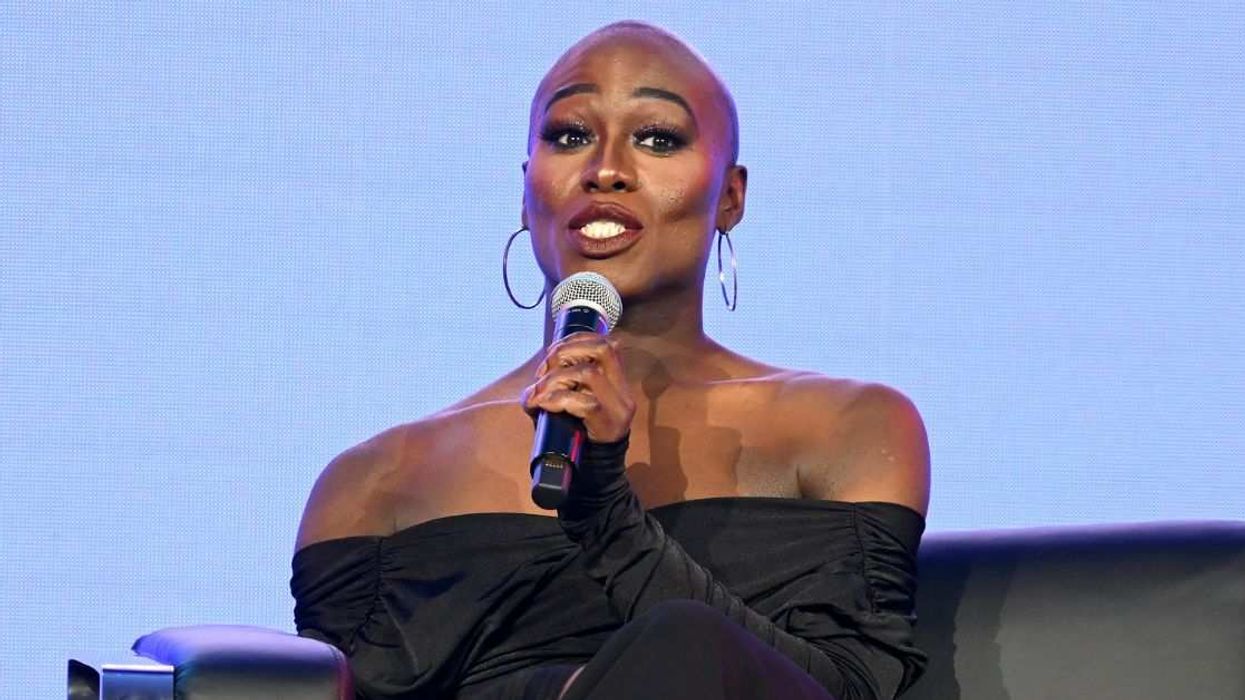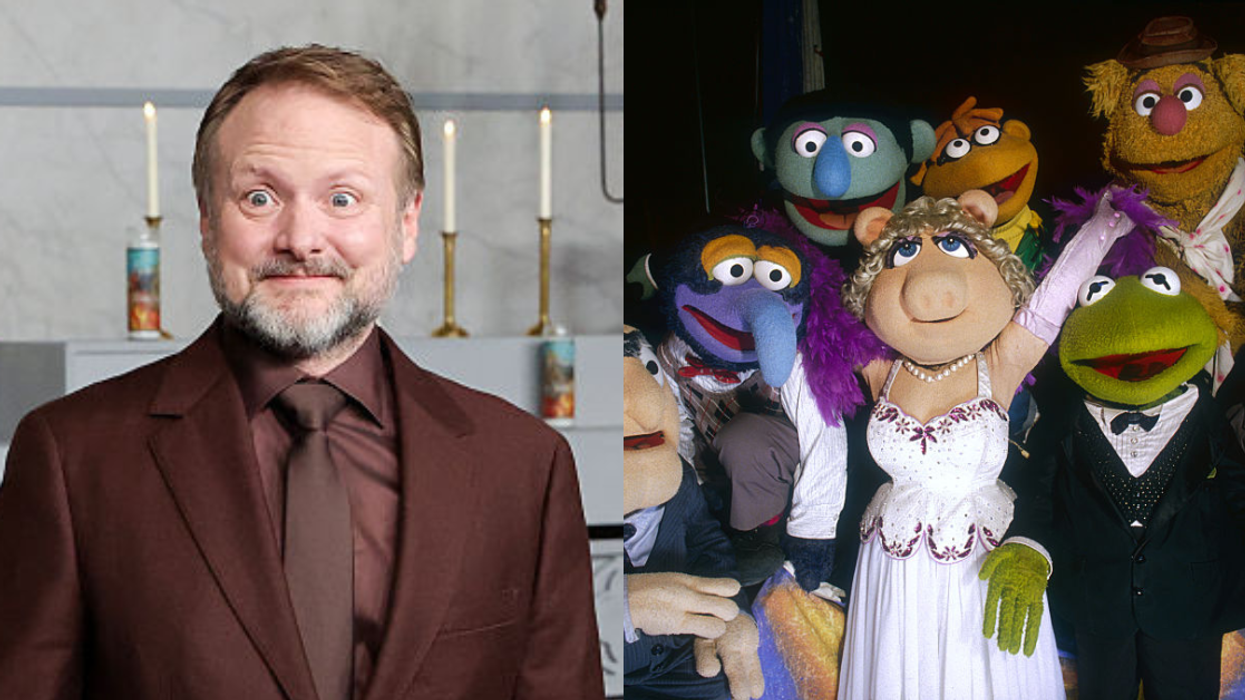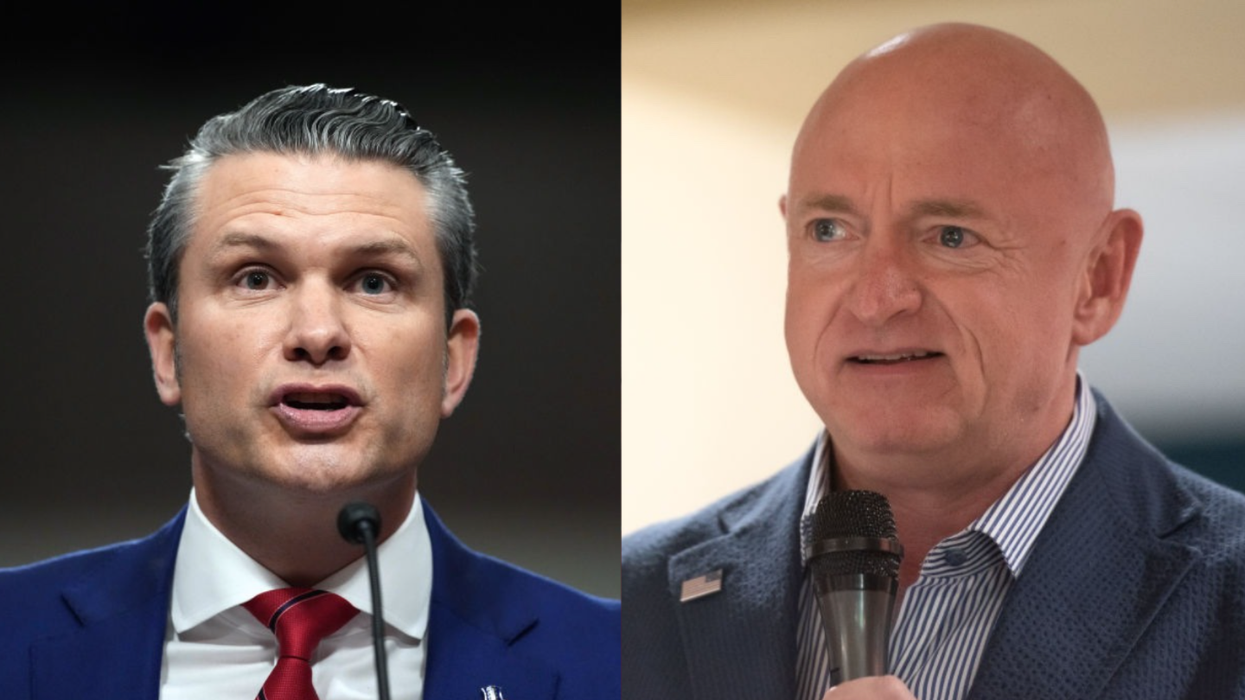Content Warning: eating disorders, thinness as an aesthetic, emaciation in Hollywood
There's no denying that we've been gifted with some incredible music, television shows, and films this year.
But in between the buzz of excitement have been whispers of concern as more and more Hollywood entertainers appear to be changing their appearance, and not for the better or for the healthier.
Typically, these comments of concern center around one of two things, either extreme thinness or needing assistance with fairly basic tasks, like walking downstairs, both of which point to declining health and increased frailty.
But when people comment about this, they're immediately accused of body-shaming the celebrity in question, rather than advocating for their health or expressing genuine concern.
Body positivity and women's rights advocate Jameela Jamil finally came forward to point out this distinction, indicating that there's a big difference between voicing concern about someone's well-being and judging them for how they look.
Jamil explained:
"It's not body-shaming to comment on the fact that there is a rapid rise of the aesthetic of emaciation amongst women in Hollywood."
"Women in their twenties, thirties, forties, and fifties, even."
"All of a sudden, becoming so thin that you can see their ribs, you can see their hip bones jutting out."
"No one's saying they look disgusting... That would be body-shaming."
"What we are commenting on it for is because it's so widespread, it's so extreme, and it's happened so fast."
"And the question is, who is pushing this aesthetic?"
Jamil also touched on the fact that in today's political climate, it's important for women to be able to defend themselves, advocate for themselves, and do what they can do to contribute to positive change. They will not be able to do that, though, if they are too unhealthy and frail to participate.
You can watch the video here:
Jamil discouraged her viewers from calling out specific people or projects causing concern, but some were not shy about pointing out celebrities they were worried about, as well as some projects they felt were potentially promoting eating disorders.
Fellow TikTokers appreciated Jamil's video and shared her concerns.





The last time incredibly thin frames, prominent collarbones, and jutting hip bones were popular and idealized was the late '90s and early 2000s, before the Obamas entered the White House and Michelle Obama promoted healthy and strong bodies.
Some theorized that this was a sign of the political climate and what was to come.





These conversations are tricky and can feel like shaming, but there's an obvious difference between commenting on someone's appearance as "good or bad" and commenting about a person's health based on what can be seen.
Some people are naturally smaller in stature and very lean, but visible bones are rarely a sign of robust health. That needs to be addressed before another generation of girls and young women grow up starving themselves.








 @gseabhac/Bluesky
@gseabhac/Bluesky @wardhog/Bluesky
@wardhog/Bluesky @vagabondvivant.com/Bluesky
@vagabondvivant.com/Bluesky





 High Five Top Gun GIF
High Five Top Gun GIF 
 children of men GIF
children of men GIF  Mask Zorro GIF
Mask Zorro GIF  Jurassic Park Opening GIF by Regal
Jurassic Park Opening GIF by Regal 


 @realDonaldTrump/Truth Social
@realDonaldTrump/Truth Social